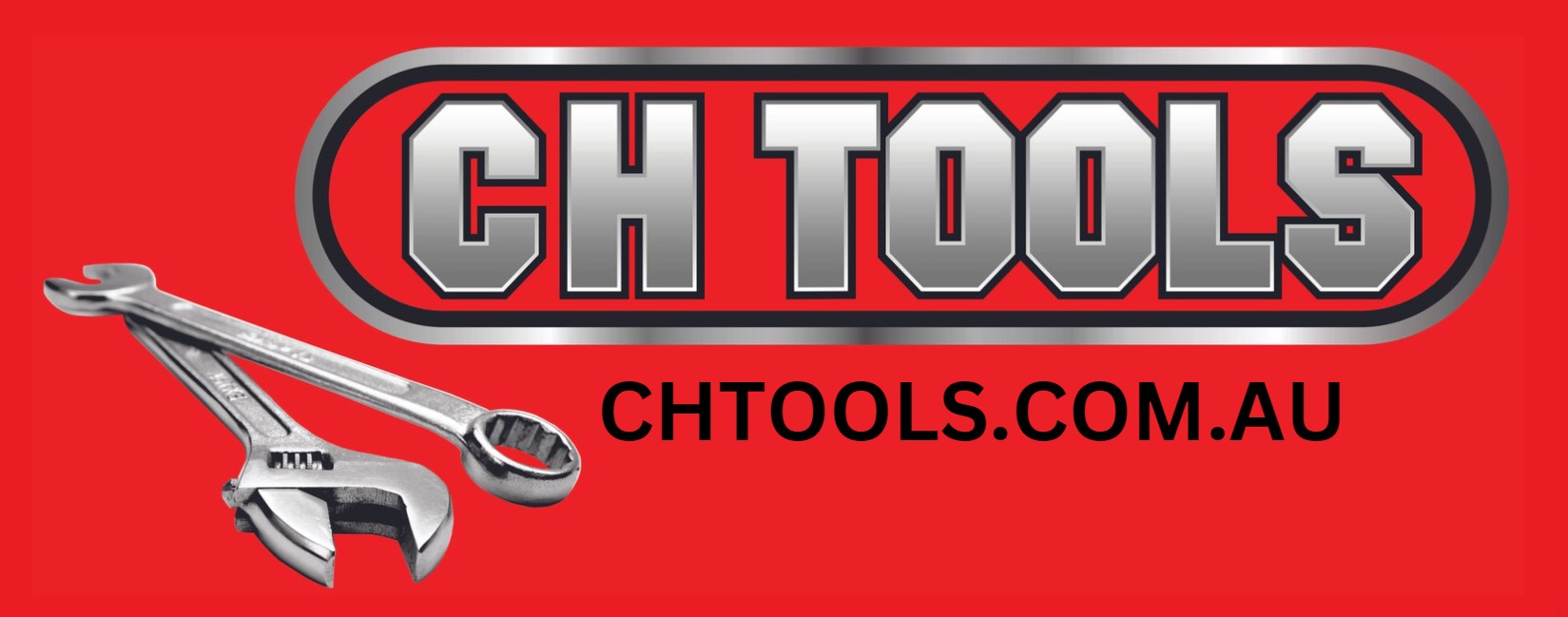Follow us:
Precision Measuring Equipment & Tools: Accuracy You Can Trust












Guide to Selecting the Correct Measuring Equipment for a Job
Selecting the right measuring equipment is essential for ensuring precision, accuracy, and efficiency in your projects. Here’s a comprehensive guide to help you choose the best measuring tools for your specific needs:
1. Understand the Measurement Requirements
- Type of Measurement: Determine what you need to measure (e.g., length, width, depth, angles, temperature).
- Precision and Accuracy: Assess the level of precision required for the job. Higher precision tools are necessary for tasks where small measurements are critical.
- Material and Surface: Consider the material and surface you will be measuring (e.g., wood, metal, fabric).
2. Types of Measuring Equipment
- Linear Measuring Tools: For measuring length and distance.
- Tape Measures: Ideal for measuring long distances. Choose a tape measure with a sturdy casing, a locking mechanism, and a clear, easy-to-read scale.
- Rulers and Yardsticks: Suitable for shorter measurements and marking. They come in various materials like plastic, metal, or wood.
- Calipers: For precise measurements of internal, external, and depth dimensions. Available in:
- Vernier Calipers: Provide high precision with a manual reading scale.
- Digital Calipers: Offer electronic readings for ease of use and increased accuracy.
- Angle Measuring Tools: For measuring and setting angles.
- Protractors: Used for measuring angles. Look for a protractor with clear markings and a sturdy build.
- Angle Finders: For quickly measuring or setting angles. Digital models provide easy-to-read measurements.
- Depth and Height Gauges: For measuring depth and height.
- Dial Indicators: Measure small variations in depth or height with high precision.
- Digital Depth Gauges: Provide digital readings for ease of measurement and recording.
- Distance Measuring Tools: For measuring distances, especially in larger areas.
- Laser Distance Measurer: Provides quick and accurate distance measurements with laser technology. Choose a model with a range suitable for your needs and additional features like area or volume calculation.
- Temperature Measuring Tools: For measuring temperature.
- Thermometers: Choose based on the temperature range and type of measurement (e.g., digital, infrared).
- Infrared Thermometers: For non-contact temperature measurements, useful for surfaces and moving objects.
- Digital Thermometers: For contact measurements with high accuracy.
- Pressure Measuring Tools: For measuring pressure in various systems.
- Pressure Gauges: Suitable for measuring air, fluid, or gas pressure. Ensure the gauge’s range matches the expected pressure levels.
- Other Specialized Measuring Tools:
Micrometers: For ultra-precise measurements of small dimensions, typically in engineering and manufacturing.
Multimeters: For measuring electrical properties like voltage, current, and resistance.
3. Accuracy and Calibration
- Accuracy: Choose tools that offer the required level of accuracy for your job. Check specifications for precision and tolerance.
- Calibration: Ensure the tool is properly calibrated. Regular calibration may be needed to maintain accuracy, especially for precision instruments.
4. Ease of Use and Readability
- User Interface: Opt for tools with an intuitive interface and easy-to-read displays.
- Measurement Units: Ensure the tool can measure in the units required (e.g., inches, millimeters, degrees) and can switch between units if necessary.
5. Durability and Build Quality
- Material: Choose tools made from durable materials that can withstand regular use and environmental conditions.
- Build Quality: Inspect the tool for solid construction and resistance to wear and tear.
6. Safety Features
- Protective Features: Ensure tools have safety features to prevent accidents, especially for tools with sharp edges or moving parts.
- Usage Guidelines: Follow manufacturer guidelines for safe operation and handling.
7. Budget Considerations
- Cost vs. Quality: Balance your budget with the quality and accuracy of the measuring tool. Investing in high-quality tools can improve measurement reliability and durability.
- Comparative Shopping: Compare different brands and models to find the best value for your needs.
8. Maintenance and Care
- Regular Maintenance: Keep measuring tools clean and well-maintained to ensure accuracy and longevity.
- Storage: Store tools in a protective case or environment to prevent damage and miscalibration.
9. Training and Skill Development
- Skill Requirements: Ensure you or your team have the necessary skills and knowledge to use the measuring tools correctly.
- Training Resources: Consider training or tutorials for advanced tools or techniques.
10. Long-Term Considerations
- Future Needs: Plan for potential future needs and ensure the tool can accommodate them.
- Upgradability: Choose tools that can be upgraded or adapted as your measurement requirements evolve.
By carefully evaluating these factors, you can select the right measuring equipment that meets your needs, enhances precision, and ensures effective and efficient measurement for your projects.
CONTACT US TO FIND OUT MORE ABOUT THE TOOLS WE RANGE IN-STORE
